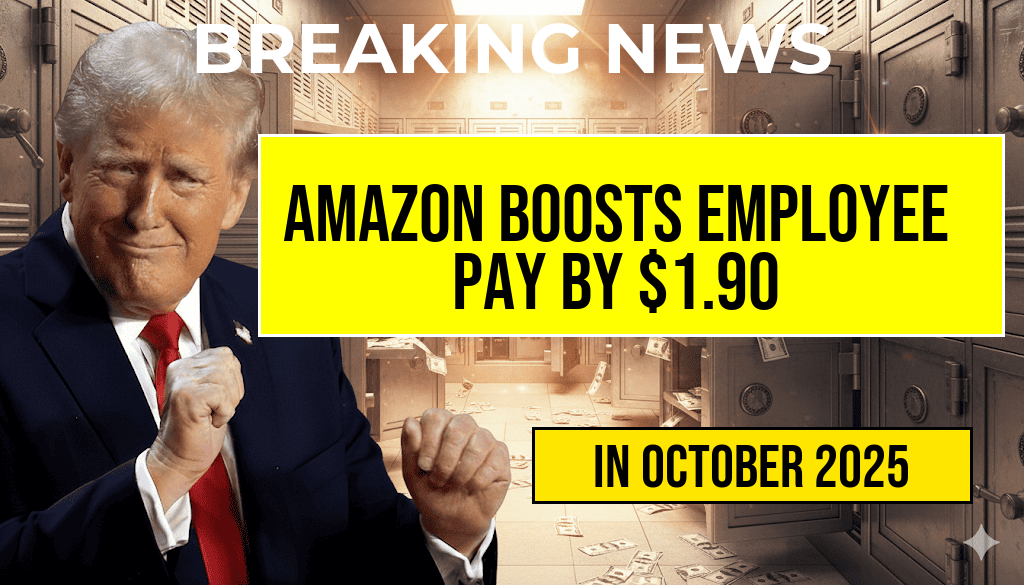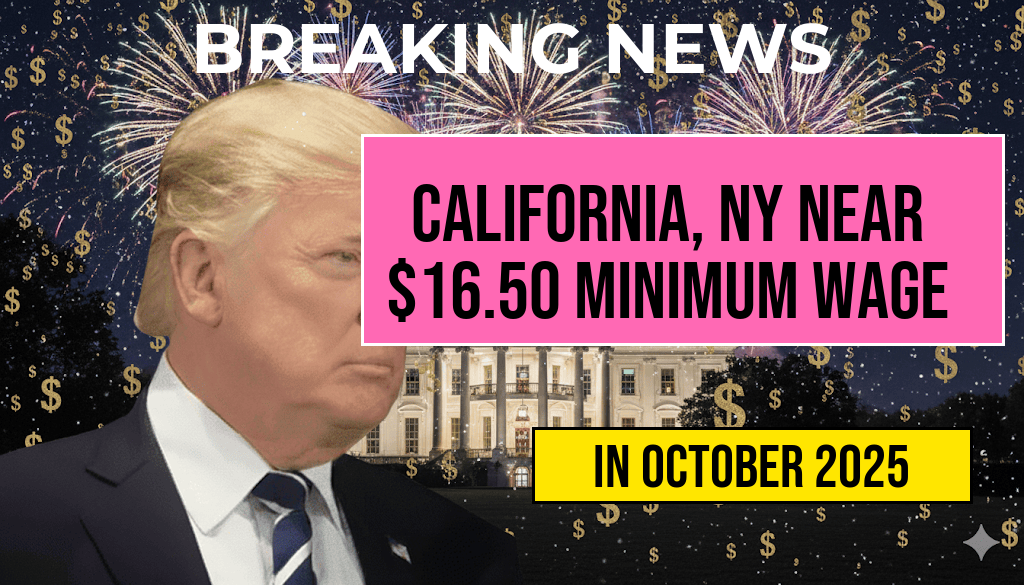As policymakers debate raising the minimum wage by as little as $1, concerns about potential repercussions for small businesses are intensifying. While a modest increase might seem minor on paper, the ripple effects could be significant, particularly for small enterprises operating on tight margins. Critics warn that such a bump could compel some small business owners to reduce their workforce or accelerate automation efforts to offset higher labor costs. This tension underscores a broader debate: balancing fair wages against the economic realities faced by small employers amidst a rapidly evolving technological landscape. Experts suggest that the interplay between wage increases and automation could reshape employment patterns across various industries, prompting a reevaluation of how small businesses compete and sustain themselves in the current economy.
The Potential Impact of a One-Dollar Wage Increase on Small Business Employment
Small businesses, which account for nearly half of U.S. private-sector employment, are particularly sensitive to changes in labor costs. A $1 per hour increase might seem minimal to consumers but can represent a significant percentage of total wages for low-income workers, especially in industries like retail, hospitality, and food service. According to data from the U.S. Small Business Administration, these sectors operate with narrow profit margins, making payroll expenses a critical factor in financial stability.
For example, a business paying $10 an hour might see a 10% rise in labor costs with a $1 increase, which could prompt tough choices. Some owners might absorb the additional expense, but others could be forced to cut hours, reduce staff, or implement efficiency measures. The risk is that even a marginal wage hike could trigger layoffs or discourage hiring, especially during economic downturns or periods of sluggish sales.
The Automation Factor: A Double-Edged Sword
As labor costs climb, many small businesses are turning to automation to remain competitive. Technologies such as self-service kiosks, robotic delivery systems, and automated inventory management are increasingly accessible and affordable. According to a report by the Wikipedia article on automation, these innovations are transforming industries by reducing dependence on human labor.
| Year | Percentage of Small Businesses Using Automation |
|---|---|
| 2020 | 15% |
| 2021 | 22% |
| 2022 | 30% |
| 2023 | 38% |
This trend suggests that many small businesses view automation as a strategic response to rising wages and competitive pressures. However, the shift toward increased automation also raises concerns about job displacement, particularly for entry-level and low-skilled workers. Industry experts warn that if wage increases become widespread, automation could accelerate, further reducing employment opportunities for vulnerable workers.
Economic and Policy Perspectives
Proponents of modest wage hikes argue that they can boost worker morale, reduce turnover, and stimulate local economies through increased consumer spending. The Forbes article highlights research indicating that small businesses can adapt to small wage increases if accompanied by supportive policies such as tax credits or subsidies for automation investments.
Conversely, critics contend that even a small wage increase could disproportionately burden small businesses lacking the financial resilience of larger firms. They warn that the combined effect of increased labor costs and rapid technological adoption could lead to a wave of layoffs and closures, especially among firms unable to afford automation upgrades.
Industry Variations and Regional Differences
The impact of a $1 wage increase is unlikely to be uniform across sectors or regions. For example, in high-cost urban areas like New York or San Francisco, where wages are already above national averages, an additional dollar may have a marginal effect. Conversely, in rural or low-cost regions, even a small increase could represent a substantial percentage boost in wages, influencing hiring and operational decisions differently.
Furthermore, sectors with high labor intensity, such as hospitality and retail, may feel the pinch more acutely than manufacturing or professional services, which can often leverage automation or higher-skilled labor to mitigate costs.
Balancing Wage Goals with Economic Realities
Policymakers face the challenge of designing wage policies that support workers without unintentionally harming small businesses. Strategies such as phased wage increases, targeted tax relief, and increased access to affordable automation technology are being considered as ways to ease this transition. The goal is to foster a climate where workers are fairly compensated, but small enterprises are equipped to adapt without resorting to layoffs or closures.
Ultimately, the interaction between wage increases and automation underscores the importance of nuanced policies tailored to regional and industry-specific contexts. As the debate continues, small business owners, employees, and policymakers will need to navigate these complexities carefully to foster sustainable economic growth.
Frequently Asked Questions
Could a **One-Dollar Wage Increase** significantly impact small businesses?
Yes, a **one-dollar wage increase** can pose challenges for **small businesses** that operate on tight profit margins, potentially leading to difficult decisions such as **laying off employees** to maintain financial stability.
How might **automation** be a solution to rising labor costs?
**Automation** offers a way for small businesses to **reduce labor costs** by replacing repetitive or manual tasks with **technology**, which could help them **remain competitive** despite wage increases.
What are the risks of small businesses adopting **automation** to offset higher wages?
Implementing **automation** involves **initial investment costs** and potential **disruption** to existing operations. Additionally, it may lead to **job losses** and impact **employee morale**.
Can a **small wage increase** lead to **mass layoffs** in small businesses?
In some cases, a **small wage increase** can contribute to **financial strain**, especially for **small businesses** with limited resources, which might result in **laying off employees** to sustain their operations.
What strategies can small businesses adopt to balance **wage increases** and **employment levels**?
Small businesses can consider **cost management**, investing in **automation**, enhancing **productivity**, and exploring **additional revenue streams** to **offset wage increases** while **preserving jobs**.






